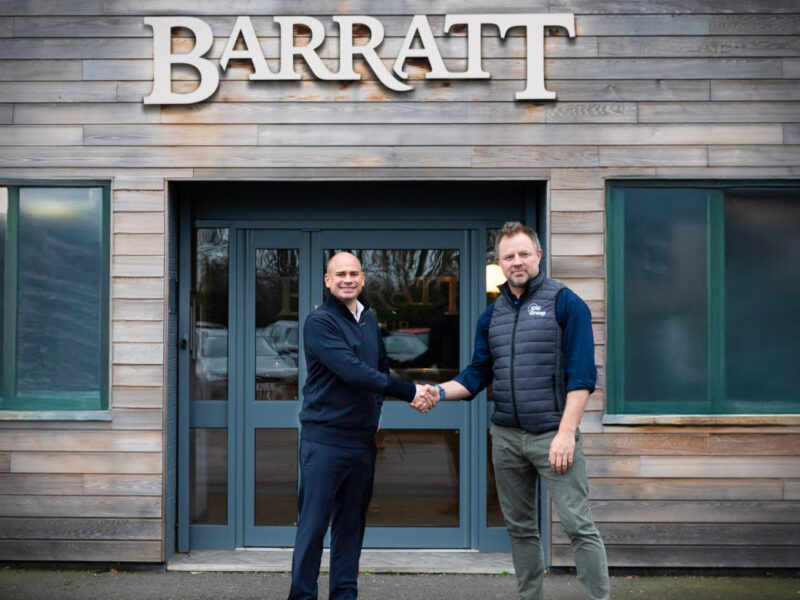By Gary Anderson
So you’ve just bought that British car of your dreams or are in the final stages of restoration and are looking forward to getting it out on the road. It may be show-worthy, but this won’t become a trailer queen.
But wait: even if you’d like to keep it as original as possible (and among British cars, really only Jaguar and Austin-Healey owners put much of a premium on originality), I can think of at least ten things you should do to make it safer and more reliable. And the neat thing is, none of these upgrades cost very much, and all are easy to do.
Here, with items ranked in terms of importance and ease, is my list:
1. Seat Belts
Seat belts weren’t standard on any British cars until well into the 1970s, though many models came with fastening points as early as the mid-1960s. As such, they aren’t required in most states, but are still critical to both driving ease as well as safety. Make no mistake; you’re much safer inside a car than outside it in an accident, no matter what vintage or model you’re driving. According to experts like car accident attorneys, if you do get into an auto accident, you may contact a personal injury lawyer or an auto accident attorney for assistance with claims.
The Moss catalog offers kits for most British cars, and the only decision you need to make is whether you want the retractable style or can deal with the loose variety.
Make sure that your seat belt fasteners are installed securely, through the frame if possible, with large bolts and washers, and with the fastener in line with tension on the belt, rather than at right angles to it. Shoulder belt fasteners should be no lower than six inches below the shoulder for safety.
2. Halogen Headlights and Taillights
Even if you’re not driving at night, having the brightest possible headlights, tail lights, and signal lights makes sure that you can see and be seen in all conditions. This modification is a no-brainer. Halogen headlights and signal light bulbs are a screw-in change, and are available at every price point from budget to high-quality branded items.
3. High-level Brake Light
Unfortunately, brake lights on British cars tend to be very small and mounted well below the fender level of most modern cars. In addition many drivers don’t notice that the car ahead of them is stopped unless they see the high-level brake light flash on.
So get one of your own. Moss offers at least two versions, and other accessory catalogs offer their own versions. They’re easy to wire in to your existing brake wiring, though you’re best cutting and soldering the connections, rather than relying on the poke-through connectors supplied with the kits.
The brake light is also fairly easy to mount on your body panels, though you may want to put some effort into integrating the light into your panels so that it doesn’t look like an afterthought.
4. Negative Ground
Okay, so you insist that the greatest sound on earth is your exhaust note, and you don’t need radio, CD player, or iPod connection. But what about recharging your cell phone, connecting a navigation system, or installing a CB radio? If you want to do any of those things, you’ll need to join the modern world and convert your electrical system to negative ground.
This is easy to do; a quick search on the internet or a query to your favorite online marque list will produce the methods. For the earlier models, with mechanical tachs, it is as easy as switch cables on the battery, swapping connections on the coil, and sparking the generator. For later models, you’ve got to do a little modification to the tach wiring, and early style electric fuel pumps may require changing to a later version that can handle positive or negative ground, but it is, at most, a twenty-minute job, and there are no good reasons why you shouldn’t make the change. Once you’ve done that, you may also want to install a 12-volt power plug. This way you can easily recharge all those modern electrical gadgets that you’ve learned to rely on.
5. Modern 12-volt Battery
Also, while you’re making the change to your battery wiring, if your car originally came with two six-volt batteries, like the MGs and two-seat Austin-Healeys, this would be a good time to replace them with a small, modern 12-volt battery that is the same size as one of those old six-volts. It will be much more reliable and cheaper in the long-term.
Since those old six-volt batteries were hidden under the rear tonneau shelf or seats, the change won’t even be visible and you can use the spare space to store emergency parts.
6. Heat Insulation
In the last issue of British Motoring we discussed how to heat-proof a Healey, and made the point that the same methods will work in any British cars, so I’ll just say here that a cool car is a comfortable car and you’ll never regret the time it takes to install insulation under your carpets and to close off all the gaps in your firewall and around your gear shift.
7. Added Dashboard Gauges
Nearly all British cars came equipped with a “safety gauge” which gave you good information on water temperature and oil pressure. These gauges are critical to making sure you don’t destroy the engine.
But what about monitoring elec
trical conditions? Unfortunately there all you get is a tiny little dim bulb that is supposed to glow if things aren’t good, but can be difficult to see in bad light conditions. You would be much better adding an ammeter and voltmeter to track the charging condition of your system and the charge in your battery. These can be obtained in styles that look appropriate to the earlier cars.
Only two tips here: first, pick an ammeter that shows -30 to +30 amps or even better, the classic version from -15 to +15 amps, unless you’re changing your charging system to an alternator, since most generators produce fewer than 10-12 amps on a good day, and the variations may be difficult to see on a larger scale. Also, have the gauge wired in by someone who knows what they’re doing, since all electricity in the vehicle has to flow through the ammeter, and a short anywhere in its wiring will shut down the engine immediately.
A voltmeter is a nice gauge to have as well, and it can easily be wired in, in parallel with the main circuit to give you read-out on the charge in your battery, alerting you if the battery has gone down below the critical start-up power level due to shorts or other problems in the system while the car was parked.
8. Gear Reduction Starter
One of the major drains on the battery system in a British car is the starter, and there are several other drawbacks to the traditional design, not to mention the fact that a traditional starter was a heavy piece of equipment.
9. Electronic Ignition
Replacing and gapping points are two tasks that traditional British car buffs take pride in being able to do, but with systems like the Pertronix Ignitor electronic ignition that hides under the cap of your distributor, or the electronic version of the traditional Lucas distributor, these charges can be a thing of the past.
With electronic ignition, the timing of the ignition system remains fixed, rather than varying as the points wear down, and the car’s tolerance to slight variations in timing, which can occur if a distributor shaft is slightly worn, is considerably broader with an electronic ignition.
Though the early versions of these components got a bum rap because of failures in the assembly adhesives, I haven’t heard of anyone having a failure with the system recently provided it was installed properly and was working immediately after installation.
10. Alternator
Traditional generators, if recently rebuilt and properly maintained, are perfectly acceptable, provided you don’t add any additional power drains, such as high-intensity fog lamps or driving lights, or other electrical accessories.
In that event, it is a good idea to replace the generator with a modern alternator, and rewire around the traditional regulator. Not only does this reduce the weight of an essential component, but it also provides greater reliability, since you don’t have to worry about the generator bearings failing, or the points in the regulator causing problems in the charging system.
With just a few simple and cost effective upgrades your favorite British car can be more reliable immediately. Most of these recommendations are DIY friendly, so start where you feel most comfortable and enjoy the benefits on your favorite two lane this weekend.








'Ten Safety and Convenience Upgrades for Your British Car' has no comments
Be the first to comment this post!